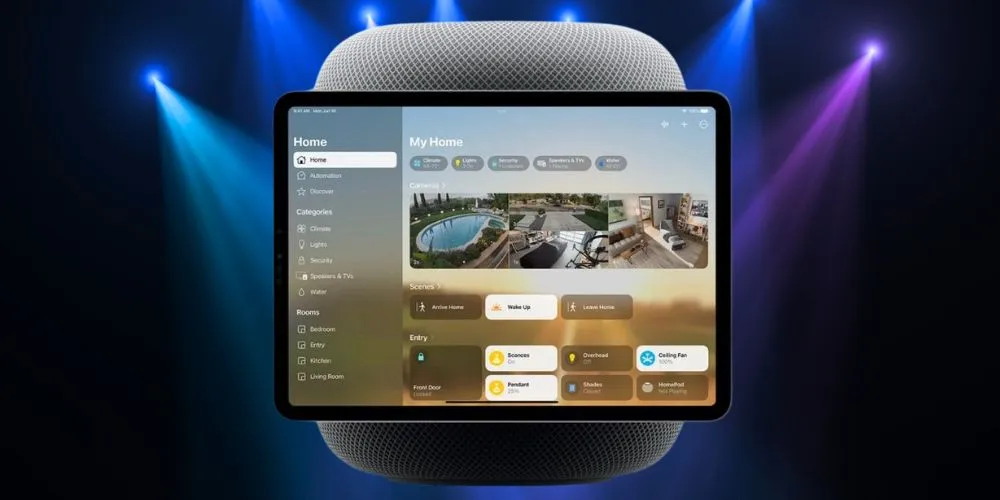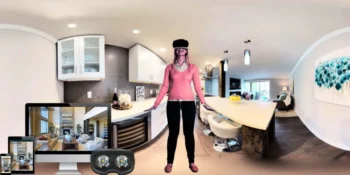Key Points
- Apple plans to introduce the smart display to powered HomePod devices with AI features.
- Two devices are in development: a high-end model with a robotic arm and a lower-end version for FaceTime and smart home control.
- A new operating system, homeOS, is expected to power the devices based on tvOS.
- Apple’s smart displays aim to compete in the smart home market, with AI as a central feature for home automation.
Apple is reportedly making a renewed push into the smart home market, with plans to introduce smart-display-powered HomePod devices featuring its latest artificial intelligence (AI) tools. According to Bloomberg’s Apple expert, Mark Gurman, these new devices will place Apple Intelligence at their core, providing users with advanced smart home control capabilities.
In his “Power On” newsletter, Gurman revealed that Apple works on two smart display products. One is a high-end model, codenamed J595, which combines a robotic arm with a large display similar to an iPad. The second, more affordable option, codenamed J490, is designed primarily for FaceTime communication and controlling smart home devices via Apple Home.
Their integration with Apple Intelligence sets these new devices apart. These devices will help manage household tasks through voice commands and advanced automation features. The J490, expected to launch as early as 2025, will likely be a companion to the high-end model, priced significantly lower than the premium device, which may retail for over $1,000.
Alongside the hardware, Apple is reportedly developing a new operating system for these smart displays, which could be called “homeOS.” Gurman suggests that homeOS will be based on Apple’s existing tvOS platform but will eventually merge into a unified system for all Apple home devices. This would allow for smoother integration and control across Apple’s smart home ecosystem, including the Apple TV, HomePod, and future devices.
The smart displays are a collaborative effort between Apple’s artificial intelligence division and hardware engineering teams, emphasizing the central role that AI will play in Apple’s home device strategy. The low-end smart display (J490) will focus on essential apps like Calendar, Notes, and Home, with a user interface designed to control household appliances and quickly access important information.
Apple’s new smart display devices signal the company’s ambition to establish a stronger foothold in the smart home market, where it faces stiff competition from Amazon and Google. With AI at the heart of these products, Apple aims to offer an intuitive and powerful solution for home automation and control, potentially reshaping the smart home landscape.









